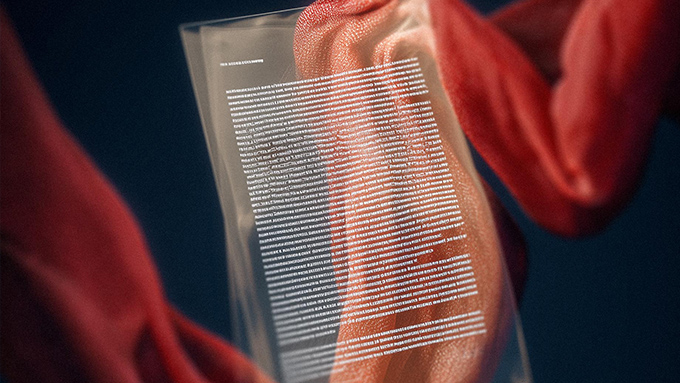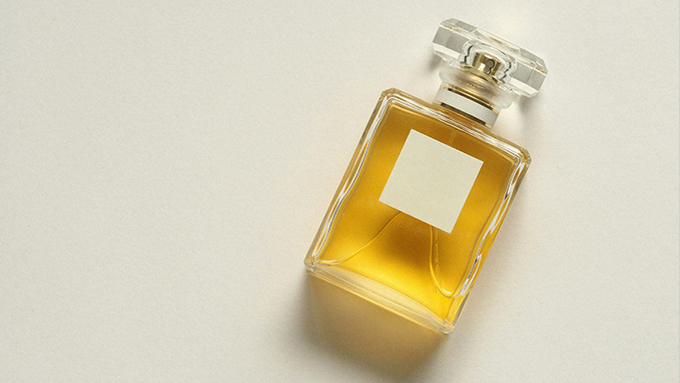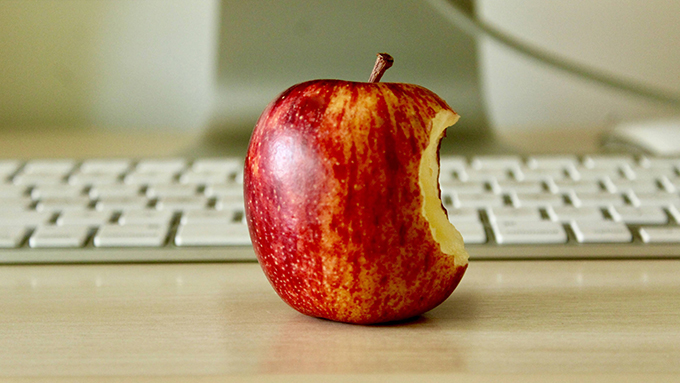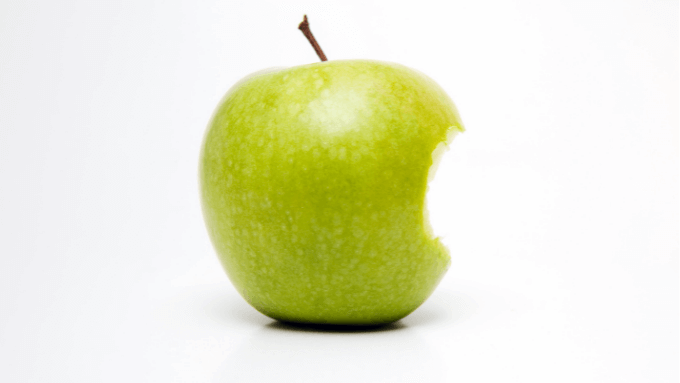Absolute Grounds for Refusal in Trademark Registration
According to Article 16 of Industrial Property Code (“IPC”) numbered 6769, which was entered into force on January 10, 2017, when the Turkish Patent and Trademark Office (“Office”) decides that an application has no formal deficiencies, it will examine the application in accordance with Article 5 of the IPC with the title, ‘Absolute grounds for refusal in trademark registration’.
While trademark applications are examined by the Office ex officio in terms of the absolute grounds for refusal, third parties may also claim that there has been a violation of the absolute grounds for refusal during the objection process to the publication of the application. The Office published the ‘Trademark Examination Guideline’ on September 30, 2019, and defined the examination principles related to absolute grounds for refusal.
Below, Article 5 of the IPC that is related to the absolute grounds for refusal is reviewed in detail.
Article 5/1-a of the IPC regulates that signs that may not be accepted as trademarks, according to Article 4 of the IPC, shall not be registered as trademarks. According to Article 4 of the IPC, a sign must satisfy three conditions: i) It has to be a sign; ii) It must be capable of distinguishing the goods or services of one undertaking from those of other undertakings; and iii) It must be capable of being represented on the register in a manner to determine the clear and precise subject matter of the protection afforded to its proprietor.
Therefore, for example, since it is not possible to represent smells and tastes on the register with today’s technology, trademark application of those signs will be refused in accordance with Article 5/1-a of the IPC. The European Union Intellectual Property Office (“EUIPO”) has a decision on record rejecting the trademark application for registration of an artificial strawberry flavor on the grounds that it is not capable of being represented in the register[1].

According to Article 5/1-b of the IPC, ‘Signs that are devoid of any distinctive character’ shall not be registered as a trademark. For example, while ‘Aroma’ sign is not distinctive for coffees under Class 30, ‘Fresh Sardines’ sign is not distinctive for sardines under Class 29. Similarly, the European Court of Justice (“ECJ”) has ruled in the Henkel Tablet decision that the washing tablet, as shown in the image, does not have a distinctive character in order to be registered as a trademark[2].
However, as it is regulated under Article 5/2 of the IPC, if a trademark has been used prior to its application, and through this use has acquired a distinctive character in respect of the goods and services subject to the application, the registration of this trademark may not be refused based on its non-distinctive or descriptive character.
According to Article 5/1-c of the IPC, ‘Signs that consist exclusively, or include as an essential element of signs or indications, which serve in trades to designate the kind, type, characteristics, quality, quantity, intended purpose, value, geographical origin, or the time of production of goods, or of rendering of the services, or other characteristics of goods or services,’ shall not be registered as a trademark. For example ‘BROWNIE’ sign for nutrition goods under Classes 29 and 30, ‘PLAY GROUND’ sign for entertainment services under Class 41, and signs such as ‘S, M, L’ which show the sizes of the products for the goods under Class 25, will be found to be descriptive by the Office.
Article 5/1-ç of the IPC regulates that ‘Signs that are identical to, or indistinguishably similar to, a trademark, which has been registered, or for which registration has been applied, relating to identical goods and services, or to goods and services of the identical type’ shall not be registered as a trademark. According to the Office, the phrase, “Signs that are identical to, or indistinguishably similar to a trademark” means that the two signs compared are identical, indifferent, or they are each other’s identical, indifferent copies. If the signs have even minor differences, they will not be accepted as being identical.
The Office defined the trademarks, below, as identical, or indistinguishably similar, within the scope of Article 5/1-ç of the IPC:

![]()
![]()
![]()
![]()
![]() ANJELIKA
ANJELIKA
ANGELIKA
INFINTY
INFINITI
MULTITECH
MULTITEK
K-LITE
KLITE
DERT
DERTT
STOCKER’S
STOCKER
The Office stated that the trademarks, below, are not identical, nor indistinguishably similar, within the scope of Article 5/1-ç of the IPC:
CAN
CANIM
MOM
MOMS
KASABA
BYKASABA
THE BAHÇE
BAHÇE
MY WORLD
WORLD
GULER 1970
GULER
CNDN
CANDAN
CASHMERE
KAŞMİR
Article 5/3 of the IPC regulates that if a notarial document indicating the clear consent of the prior trademark proprietor for the registration of the application is submitted to the Office, then the trademark application will not be refused based on Article 5/1-ç of the IPC. While the consent document may be submitted at the time of the application, if there is opposition to the Office’s decision, it may be submitted until a decision made concerning the opposition.
‘Signs that consist exclusively, or include as an essential element of signs or indications used by everyone in the trade area, or which serves to distinguish members of a particular professional, vocational or commercial group from others’ shall not be registered as a trademark according to Article 5/1-d of the IPC.
This article addresses the intention to prevent the creation of monopolies through the registration of a trademark that is commonly used in the field of trade in the name of only one undertaking and to protect the public interest. Through application of this sub-paragraph, it should be examined whether the trademark in question is used by different actors in the related sector.
For example, the Supreme Court stated that ‘FLORİST’ sign, which is intended to be registered for ‘exhibitions and organizations in the field of garden culture, greenhouse and floriculture’ services cannot be registered since it shows the type of service, and includes the name of the occupational group related to that service[3]. However, Article 5/2 of the IPC also covers this sub-paragraph and, if it is proven by the trademark applicant that the sign has gained distinctiveness through its use, it shall not be refused based on Article 5/1-d.
As regulated by Article 5/1-e of the IPC, signs that i) consist exclusively of the shape or another characteristic which results from the nature of the goods themselves or ii) the shape or other characteristics that are mandatory to obtain a technical result or iii) give substantial value to the goods, shall not be registered as trademarks.
For example, as it is stated in the Guideline that since ‘the shape of a banana’ results from the nature of the good itself, it cannot be registered for bananas. Indeed, in the Philips v. Remington decision, the ECJ refused the registration of the shape mark for the three-headed rotary electric shaver since the shape is mandatory to obtain a technical result.[4]
Article 5/1-f of the IPC regulates that ‘Signs that would deceive the public, for instance, as to the nature, quality or geographical origin of the goods or services’ shall not be registered as trademarks. For example, the Supreme Court decided that ‘MUSLIMEK’ sign is deceptive since the goods do not include any muesli[5].
According to Article 5/1-g of the IPC, ‘Signs that shall be refused pursuant to Article 6ter of the Paris Convention’ cannot be registered as trademarks. According to this provision, flags, pennants and similar sovereign marks belonging to the Union countries or logos, names and abbreviations of the international organizations to which the Union countries are members (such as WHO and UNICEF) cannot be registered as trademarks.
Article 5/1-ğ of the IPC is complementary to Article 5/1-g of the IPC and states that ‘Signs other than those covered by Article 6ter of the Paris Convention, but which are of public interest, and that contain historical, cultural values, and emblems, badges or escutcheons, for which the consent of the competent authority has not been given’ shall not be registered as trademarks.
For example, the trademark application ‘ATATÜRK’ filed by two foreigners was accepted by the EUIPO; however, afterwards, with the opposition of the Turkish Republic, the trademark registration was canceled due to the deep love and respect of the Turkish society for Atatürk.[6]
In addition, while Article 5/1-h of the IPC regulates that ‘Signs that contain religious values or symbols’ (such as the Koran, Mosque, Jesus) cannot be registered as trademarks, Article 5/1-ı states that ‘Signs that are contrary to public policy or to accepted principles of morality’ shall not be registered as trademarks. Indeed, the EUIPO rejected the trademark application ‘LA MAFIA’ since it is contrary to public policy.
Lastly, according to Article 5/1-i of the IPC, ‘Signs that consist of a registered geographical sign or which contain a registered geographical sign shall not be registered as trademarks’. For example, trademark applications that consist of, or contain, registered geographical signs such as Antakya Kunafah and Malatya Apricot will be rejected ex officio.
[1] Eli Lilly, The taste of artificial strawberry flavour, R120/2001-2 (4 Aug. 2003).
[2] Henkel v OHIMC-456/01 P and C-457/01.
[3] 11th Chamber of Supreme Court, 2002/5352 E., 2002/10729 K., 22.11.2002.
[4] Koninklijke Philips Electronics NV v. Remington Consumer Products Ltd., and another [2006] EWCA Civ. 16 (26 Jan 2006).
[5] 11th Chamber of Supreme Court, 2009/14416 E., 2011/8693K., 12.07.2011.
[6] OHIM R 2613/2011-2 decision.
All rights of this article are reserved. This article may not be used, reproduced, copied, published, distributed, or otherwise disseminated without quotation or Erdem & Erdem Law Firm's written consent. Any content created without citing the resource or Erdem & Erdem Law Firm’s written consent is regularly tracked, and legal action will be taken in case of violation.
Other Contents

The Law on Intellectual and Artistic Works No. 5846 (“LIAW”) conditions the recognition of an intellectual product as a “work” (eser) under the LIAW—and thus its protection—on two fundamental criteria: the intellectual product must fall within one of the categories of works explicitly enumerated in the LIAW and bear...

Although trademark protection grants the proprietor strong and exclusive rights, its continuation is contingent upon the trademark being genuinely and functionally used in commercial life. Article 9 of the Industrial Property Code No. 6769 (“IPC”) authorizes the cancellation of a registered trademark where…

In today's competitive business environment, the protection of trademarks plays a vital role in maintaining the competitive advantage of businesses and ensuring consumer trust. In this context, the protection of well-known trademarks is of particular importance in preserving the commercial value and reputation of...

It is observed that there are changes in the legislation and judicial decisions as to whether the use of a previously registered trademark or a trademark for which a registration application has been filed can be considered as trademark infringement by third parties by using the trademark as a trade name...


Today, the globalization of economic activities leads to the transfer of numerous personal data internationally during the daily operations of companies. Therefore, like many national and international data legislations, Law No. 6698 on the Protection of Personal Data (“PDPL” or “Law”) includes protective...

The relationship between the author and the product of their creative activity is protected by moral rights. The moral rights of the author set out in the Intellectual and Artistic Works Act numbered 5846 (“IAWA”) include the authority to disclose the work to the public, the authority to designate the name...

The Court of Cassation has evaluated the criteria related to the similarity of the trademark in all of these decisions, and while showing how the criteria will be applied, it has also helped to determine the boundaries of the term “likelihood of confusion”. In this article, four different 2022 decisions...

The right to property, which is one of the concepts and values underlying the liberal economic and legal system, regulates the ownership relationship between the person and goods. The scope of the term “goods,” which is the subject of the concept of property...















